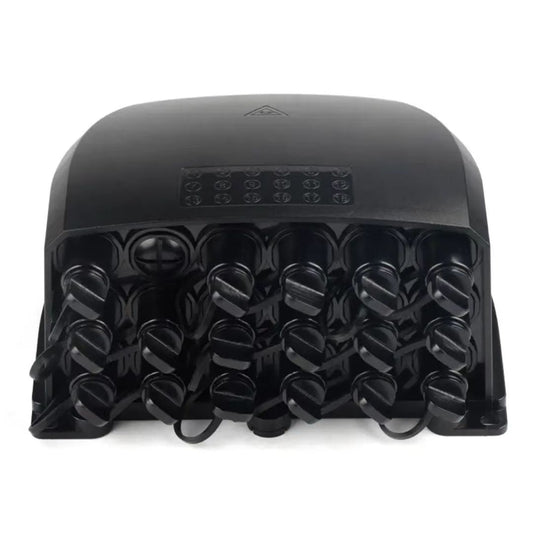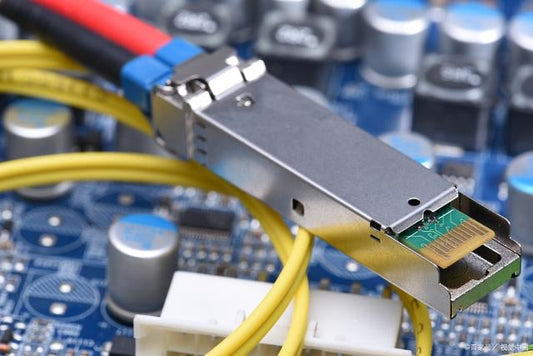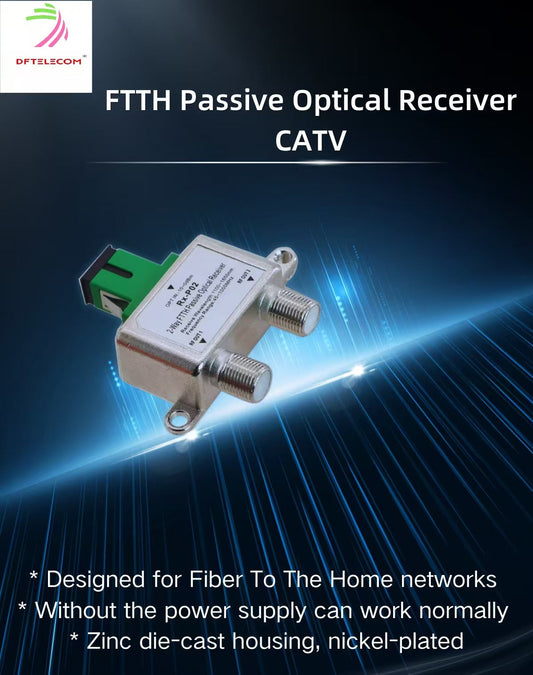What Is OTN—Optical Transport Network?

What is Hollow-Core Fiber (HCF): Principles, Ad...
1. Basic Concept of HCF Hollow-Core Fiber (HCF) is a revolutionary optical fiber structure that fundamentally differs from traditional solid-core fibers. While conventional fibers guide light through total internal reflection...
What is Hollow-Core Fiber (HCF): Principles, Ad...
1. Basic Concept of HCF Hollow-Core Fiber (HCF) is a revolutionary optical fiber structure that fundamentally differs from traditional solid-core fibers. While conventional fibers guide light through total internal reflection...

How about the Core Advantages of quick ODN?
1. Introduction to Quick ODN Quick ODN (Optical Distribution Network) is an innovative solution designed to simplify fiber deployment, reduce installation time, and enhance network reliability compared to traditional ODN architectures....
How about the Core Advantages of quick ODN?
1. Introduction to Quick ODN Quick ODN (Optical Distribution Network) is an innovative solution designed to simplify fiber deployment, reduce installation time, and enhance network reliability compared to traditional ODN architectures....

Short-Range vs. Long-Range 10G Optical Modules:...
When deploying 10G optical modules, one critical decision is choosing between short-range (SR) and long-range (LR) options. Both serve distinct purposes, and selecting the right one depends on your network’s requirements. Here’s a breakdown...
Short-Range vs. Long-Range 10G Optical Modules:...
When deploying 10G optical modules, one critical decision is choosing between short-range (SR) and long-range (LR) options. Both serve distinct purposes, and selecting the right one depends on your network’s requirements. Here’s a breakdown...

What are theFunctions & Applications of Coaxial...
I. Core Functions & Applications FTTH Network CompatibilityDesigned for Fiber-to-the-Home (FTTH) networks, it converts optical signals to RF signals for coaxial cable (CATV) transmission, ensuring backward compatibility with legacy TV equipment. Signal SplittingActs as...
What are theFunctions & Applications of Coaxial...
I. Core Functions & Applications FTTH Network CompatibilityDesigned for Fiber-to-the-Home (FTTH) networks, it converts optical signals to RF signals for coaxial cable (CATV) transmission, ensuring backward compatibility with legacy TV equipment. Signal SplittingActs as...

The Unseen Backbone of AI’s Next Leap: Why Opti...
Artificial Intelligence (AI) is no longer a buzzword—it’s the engine driving innovation across healthcare, finance, manufacturing, and beyond. But as models grow exponentially (think GPT-4, DeepMind’s multimodal systems, and next-gen...
The Unseen Backbone of AI’s Next Leap: Why Opti...
Artificial Intelligence (AI) is no longer a buzzword—it’s the engine driving innovation across healthcare, finance, manufacturing, and beyond. But as models grow exponentially (think GPT-4, DeepMind’s multimodal systems, and next-gen...

A Comprehensive Guide to the Life Cycle of Opti...
Building a systematic lifecycle management system for optical fiber cables, from initial selection to mid-term maintenance and later replacement, is of great significance for extending the service life of optical...
A Comprehensive Guide to the Life Cycle of Opti...
Building a systematic lifecycle management system for optical fiber cables, from initial selection to mid-term maintenance and later replacement, is of great significance for extending the service life of optical...
